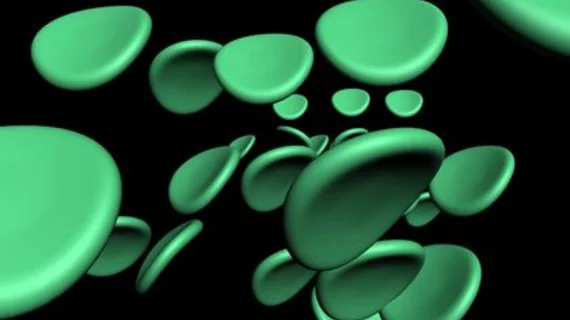A team of researchers has created a virtual reality (VR) environment that allows users to manipulate 3D molecular proteins 10 times faster than with a 2D screen, according to a July 3 article by the New York Times.
David Glowacki, PhD, a researcher in chemistry and computer science at the University of Bristol in England explained to the Times that his team's Oracle supercomputer-powered VR system enables users to explore how molecules physically move and bend in a 3D experience. The research was published online June 29 in Science Advances.
“When you reach out and touch these molecular strings, you are touching the absolute real physics,” Glowacki told the Times. “The way that it moves and behaves is to the best of our knowledge the real deal.”
In addition to making it more efficient to solve 3D problems at the molecular level, the VR tool could allow researchers at pharmaceutical companies and universities in different locations to look at molecules at the same time.
Read The New York Times' entire article below:

